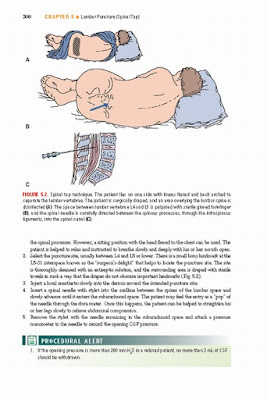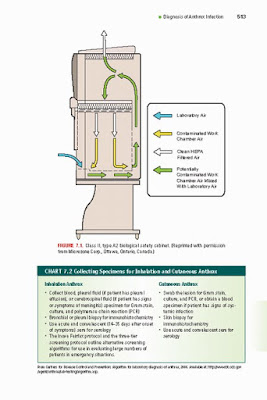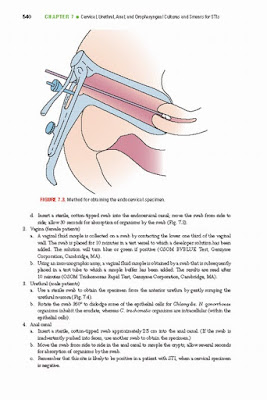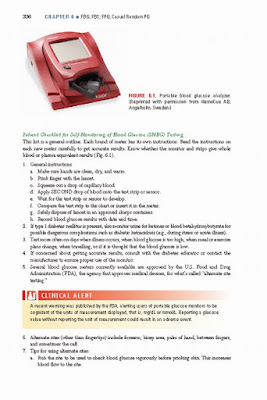by RN Fischbach, Frances Talaska (Author), Ph.D. Dunning, Marshall Barnett, III (Author)
The purpose of A Manual of Laboratory and Diagnostic Tests, in this ninth edition, is to promote the delivery of safe, effective, and informed care for patients undergoing diagnostic tests and procedures and also to provide clinicians and students, educators and researchers, and others with a unique resource. This comprehensive manual provides a foundation for understanding diagnostic tests, from the relatively simple to the most complex, that are delivered to varied populations in varied settings. It describes in depth the clinician’s role in providing effective diagnostic services by providing the information necessary for quality care planning, individualized patient assessment, analysis of patient needs, appropriate interventions, patient education, patient follow-up, and timely outcome evaluation. Potential risks and complications of diagnostic testing mandate that proper test protocols, interfering factors, follow-up testing, and collaboration among those involved in the testing process be a significant part of the information included in this text.
This book is organized into 16 chapters and 5 appendices. Chapter 1 outlines the clinician’s role in diagnostic testing and includes interventions for safe, effective, informed pre-, intra-, and post-test care. This chapter includes a Patient’s Bill of Rights and Responsibilities, a model for the role of the clinical team in providing diagnostic care and services, descriptions of different test environments, and discussion of reimbursement for diagnostic services, and emphasizes the importance of communication as key to desired outcomes. The intratest section includes information about collaborative approaches facilitating family presence during invasive procedures; risk management; the collection, handling, and transport of specimens; infection control; controlling pain; comfort measures; administration of drugs and solutions; monitoring fluid intake and loss; using required equipment kits and supplies; properly positioning the patient for the procedure; managing the environment; and patient monitoring. The reader is referred back to Chapter 1, Diagnostic Testing, throughout the text for information about the clinician’s role and diagnostic services. Chapters 2 through 16 focus on specific categories of studies.
Studies are organized in a similar way for ease of use and include:
Introductory Information
• Background rationale
• Test purpose
• Interfering factors
• Description and method of the procedure and lab test completion
• Evidence-based outcomes
• Patient involvement
Reference Values
• Normal reference values
• Conventional and SI units
• Age-related values and critical values when applicable
Procedures
• Process of intratest care
• Method of specimen collection and handling for lab tests
• Method of diagnostic procedures
Clinical Implications
• Interpretation of abnormal findings
• Unexpected outcomes
• Disease patterns
• Clinical considerations for newborn, infant, child, adolescent, and older adult groups when appropriate
Product details
- Publisher : Lippincott Williams & Wilkins; 9th edition (January 27, 2014)
- Language : English
- Paperback : 1261 pages
- ISBN-10 : 1451190891
- ISBN-13 : 978-1451190892
- Item Weight : 3.15 pounds
- Dimensions : 6 x 1.25 x 9 inches









No comments:
Post a Comment